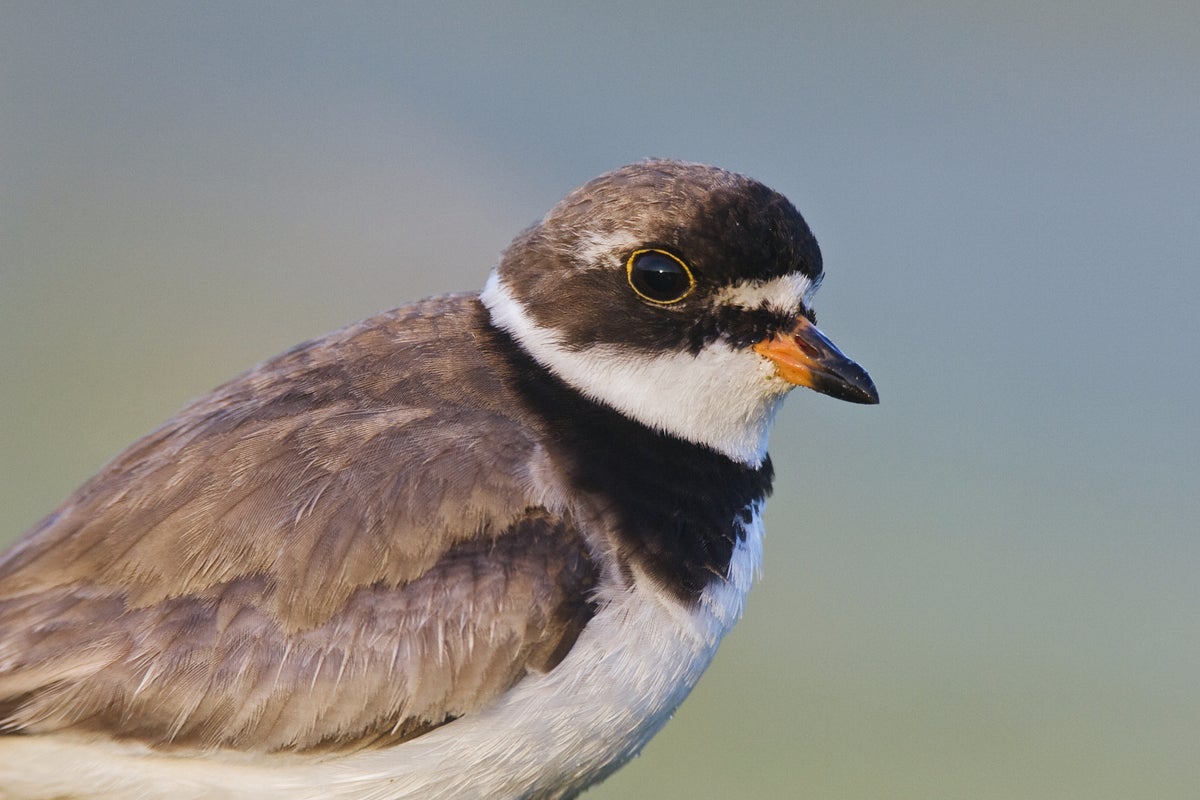Now Reading: Your Guide to Watching the Ongoing Fall Bird Migration
-
01
Your Guide to Watching the Ongoing Fall Bird Migration
Your Guide to Watching the Ongoing Fall Bird Migration

Swift summary
- Fall bird migration has begun in the Northern Hemisphere as birds head south to follow food and sunlight after raising their young in northern regions.
- Compared to spring migration, fall migration is slower-paced, with birds making numerous stops to refuel during their journey.
- Shorebirds such as Snowy Plover, Semipalmated Plovers, and Tricolored Herons have been observed migrating in the northeastern U.S., along with various songbird species like Yellow Warblers and Indigo Buntings.
- Locations such as Jamaica Bay National Wildlife Refuge near New York City serve as key stopover points for migratory species. Ducks like Green-winged Teals and winter-visiting songbirds are also expected soon.
- Bird migration tools by colorado State University and Cornell University help track nocturnal migrations through maps, real-time dashboards, and peak migration schedules for specific cities.
- Observing fall migrants provides an chance for bird enthusiasts to refine species identification skills using field guides or apps.
Indian opinion Analysis
The annual phenomenon of fall bird migration underscores the intricate relationships between nature’s cycles of reproduction, climate conditions, and ecological adaptation that know no geographic boundaries. While this article primarily focuses on North America, lessons from it hold implications for India too-a country uniquely rich in biodiversity yet facing pressures on migratory patterns due to urbanization and habitat destruction.
For India’s vast range of migratory birds-from Siberian Cranes passing through wetlands like Keoladeo National Park to flamingos at Mumbai’s mudflats-similar concepts apply regarding habitat conservation during critical stopover points. Fall migration serves as a reminder of the interconnectedness of ecosystems globally; protecting these pathways benefits not just avian populations but also local agriculture and ecotourism linked with such biodiversity hotspots across India.


























